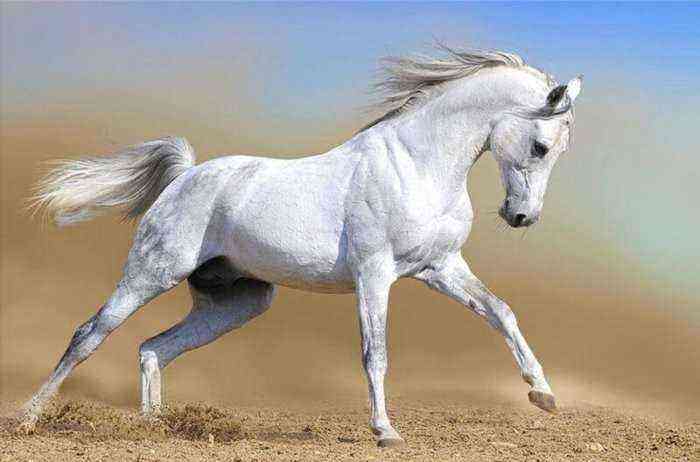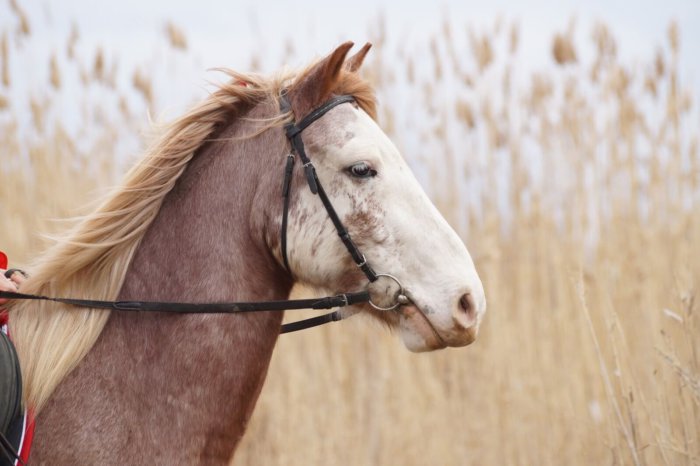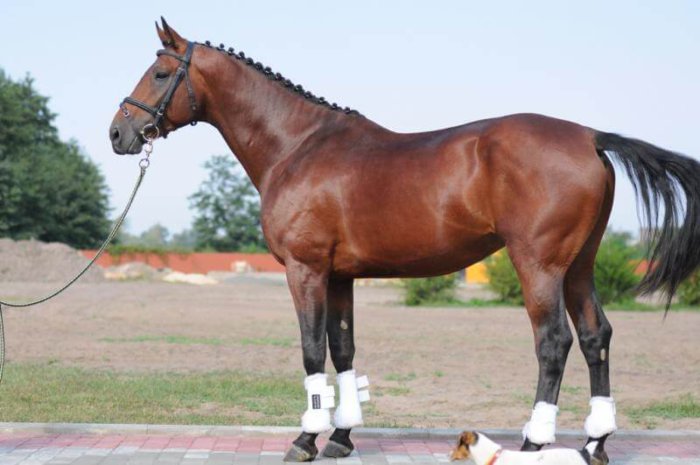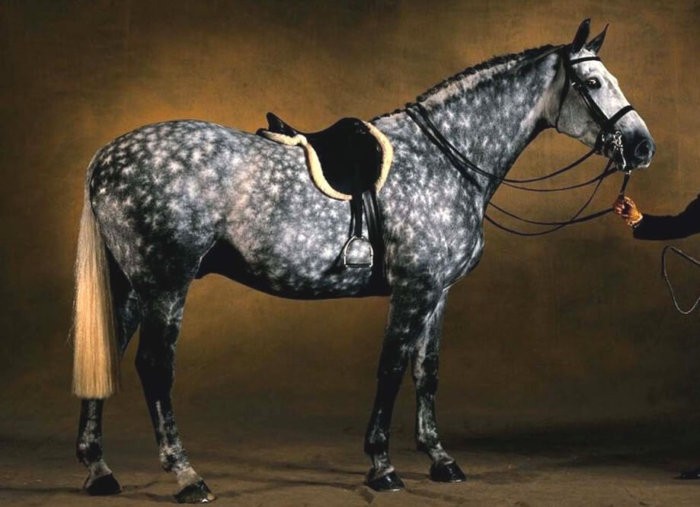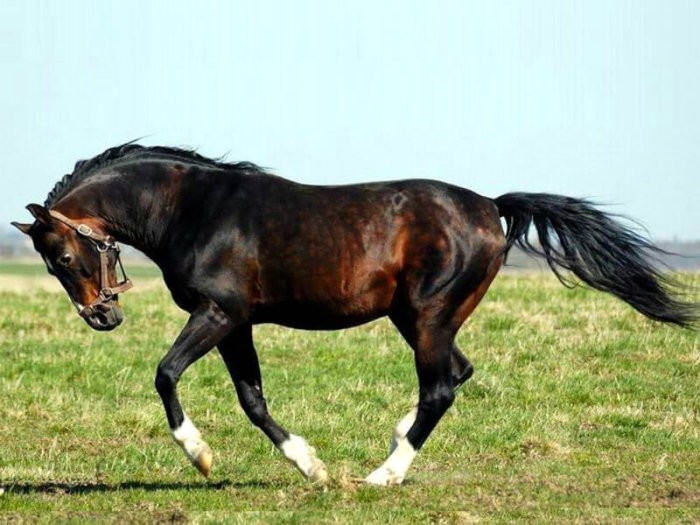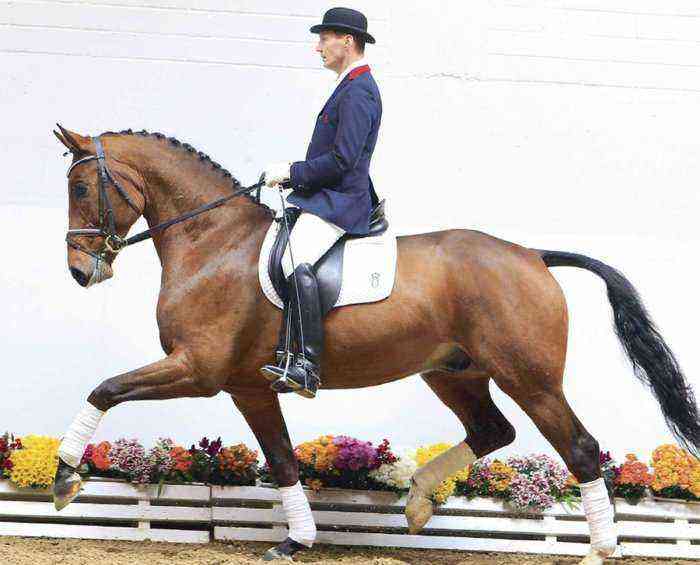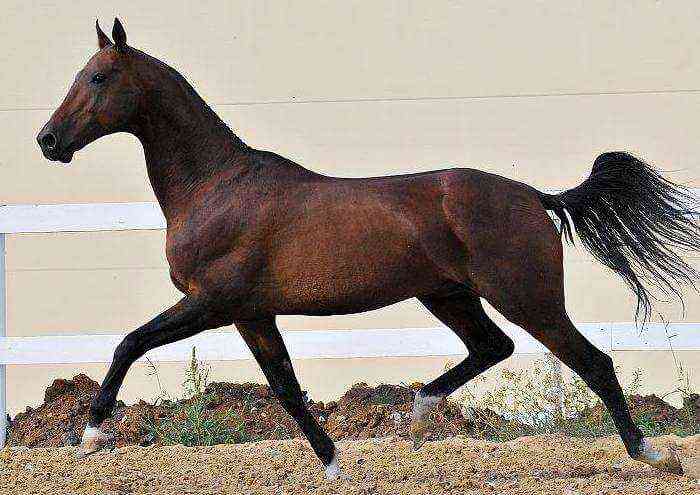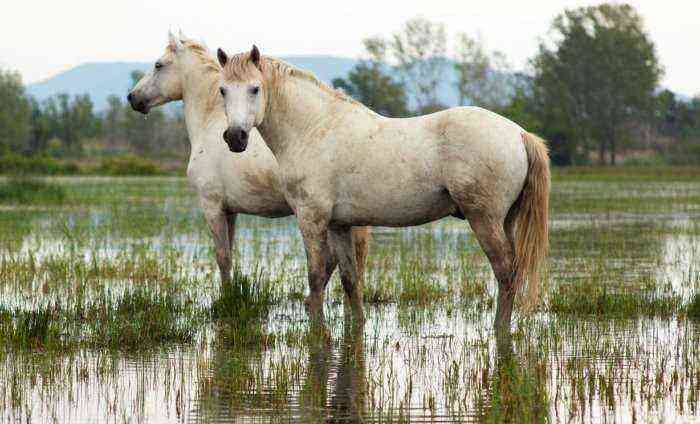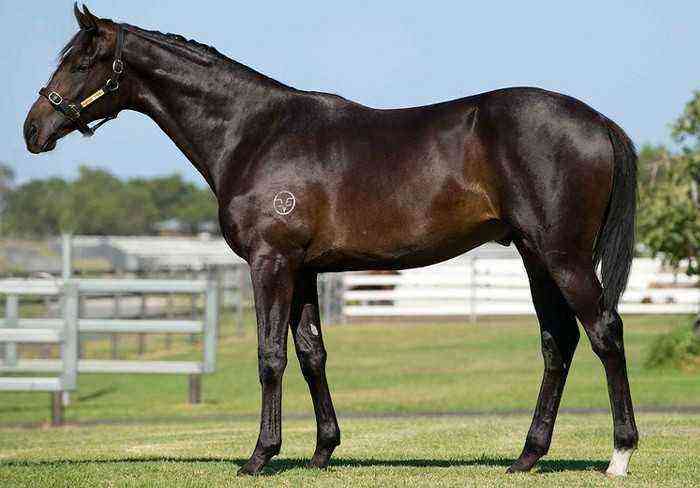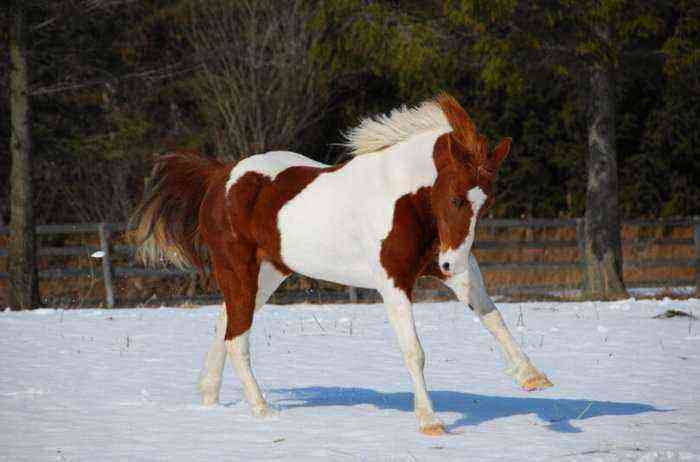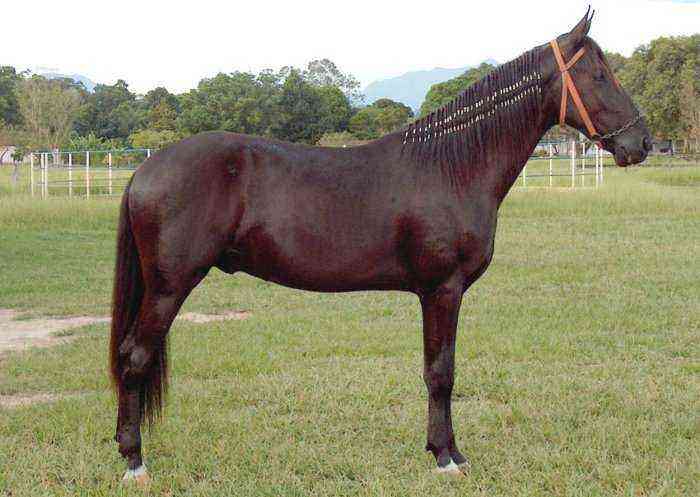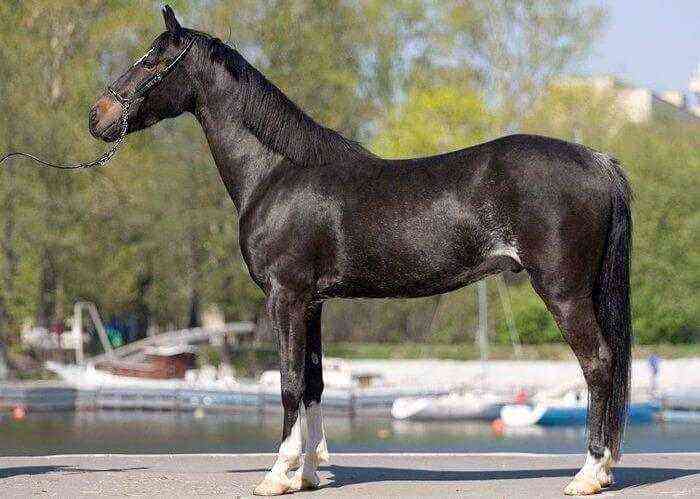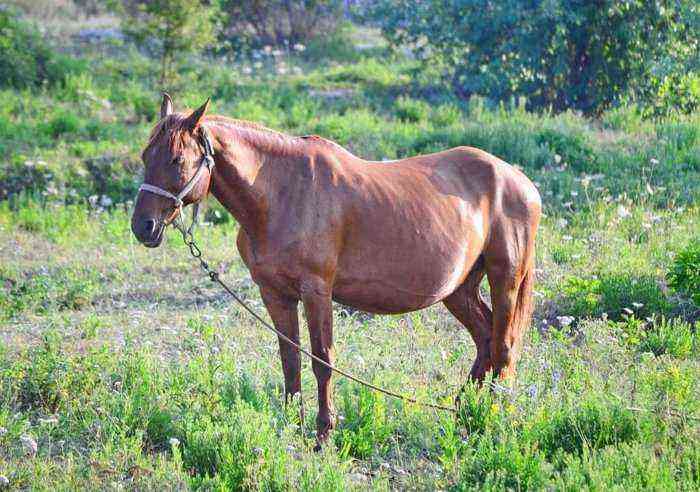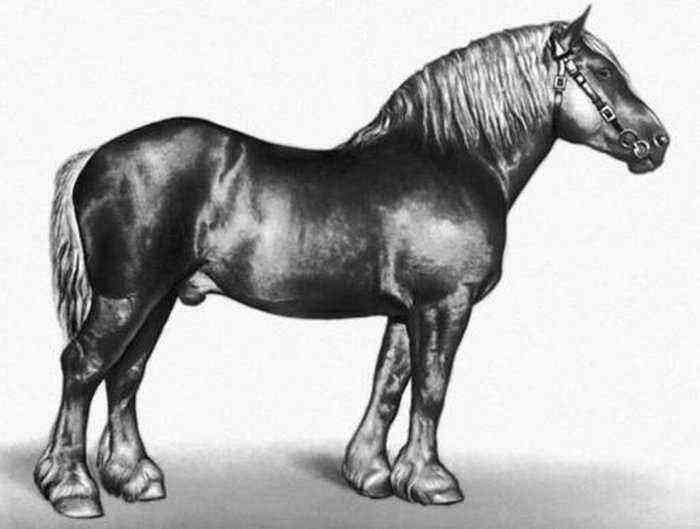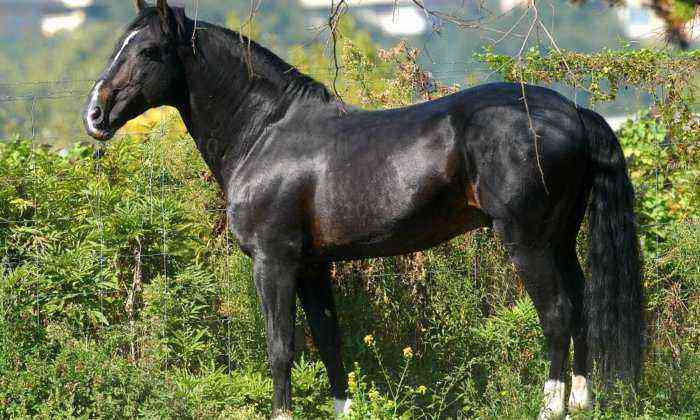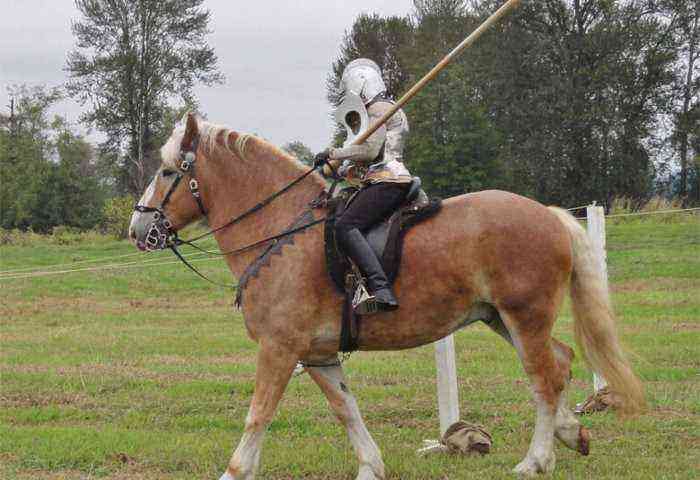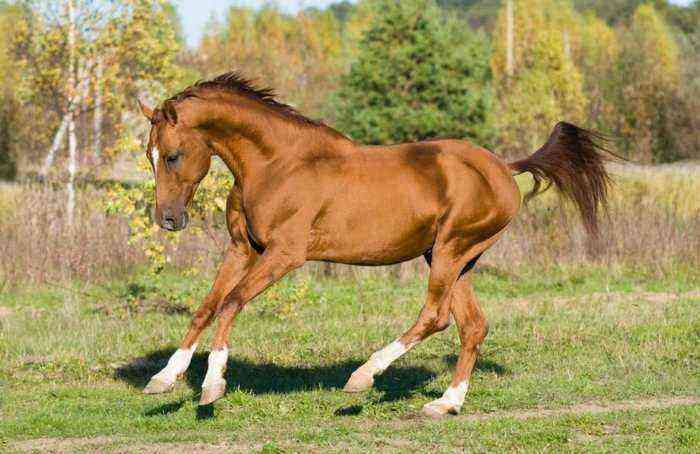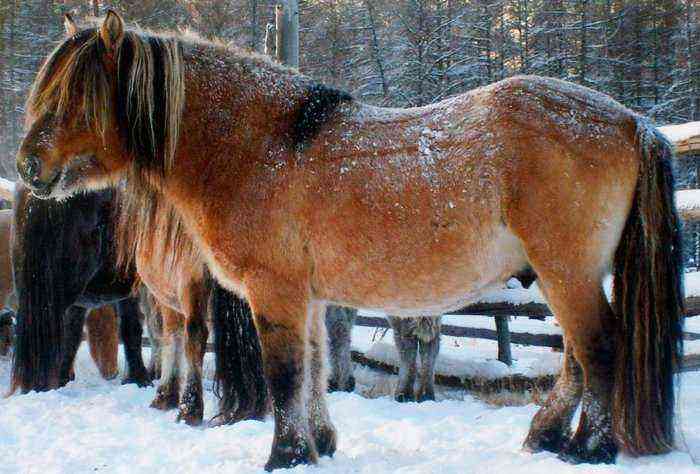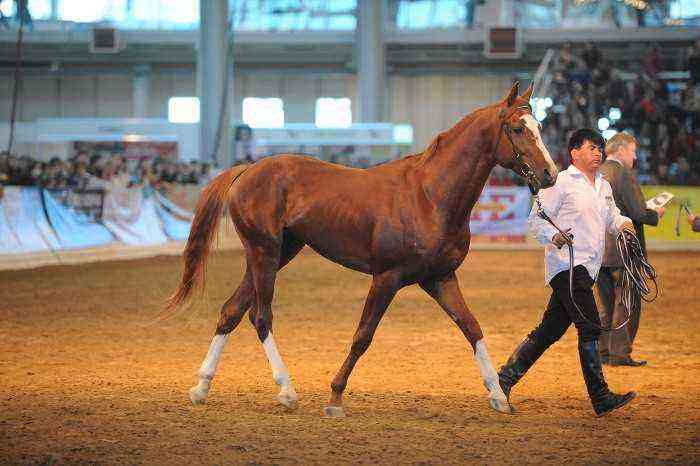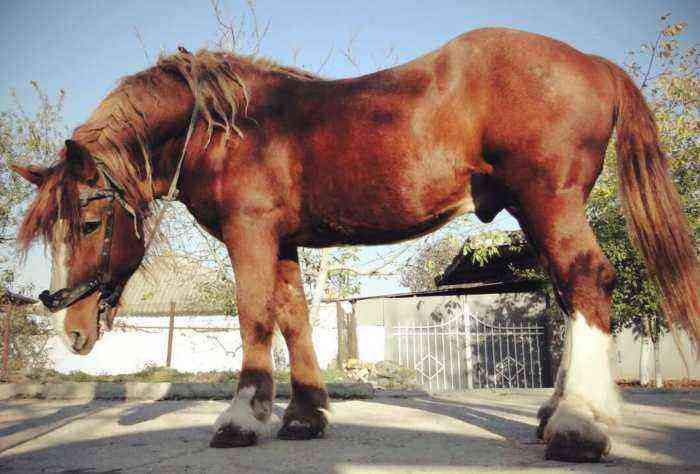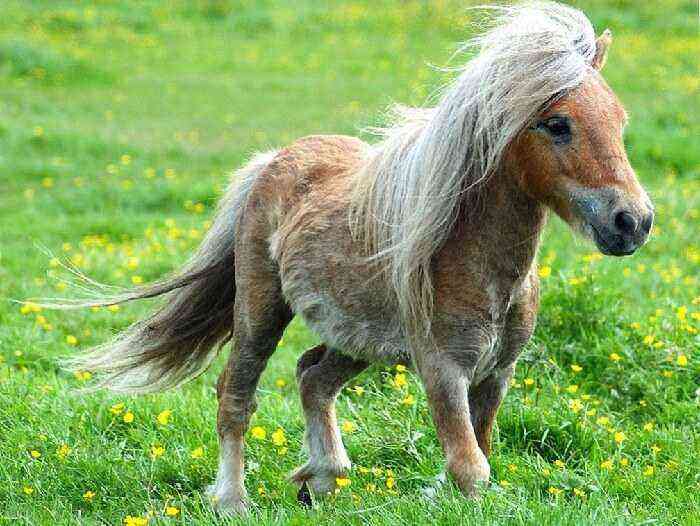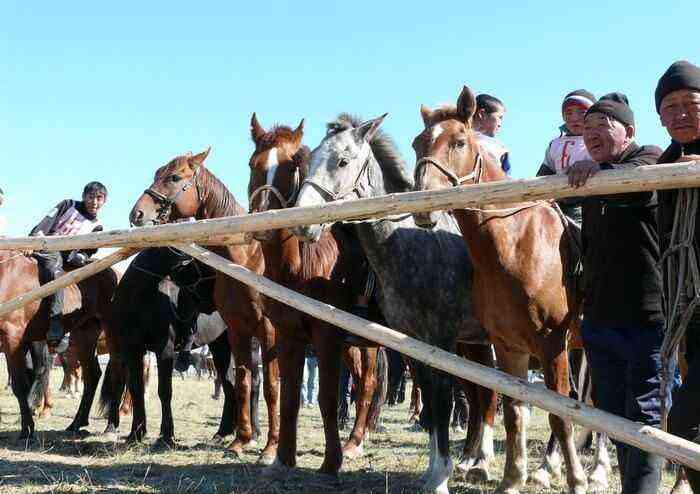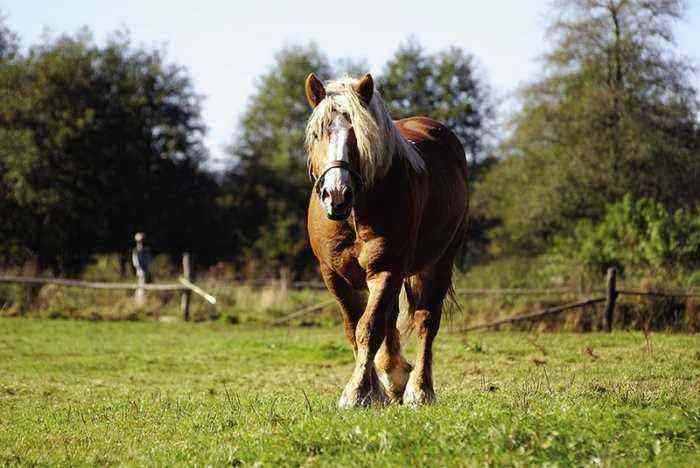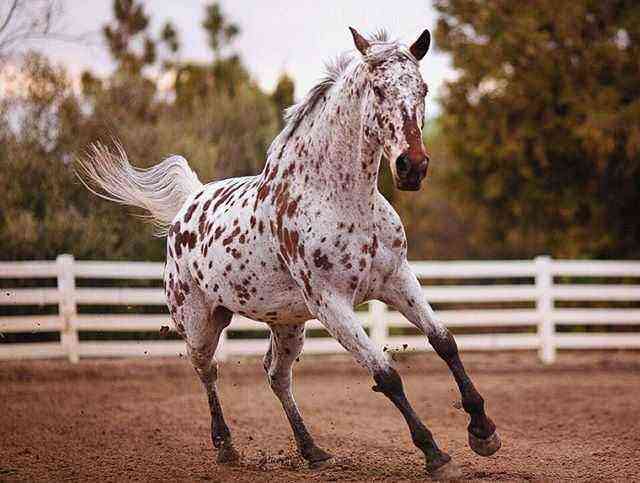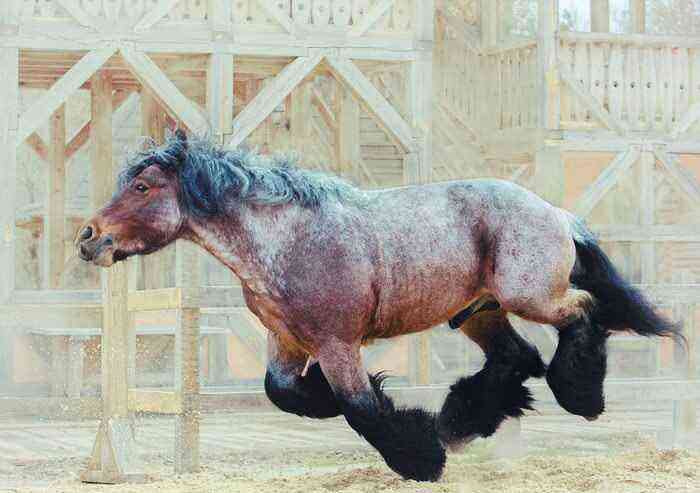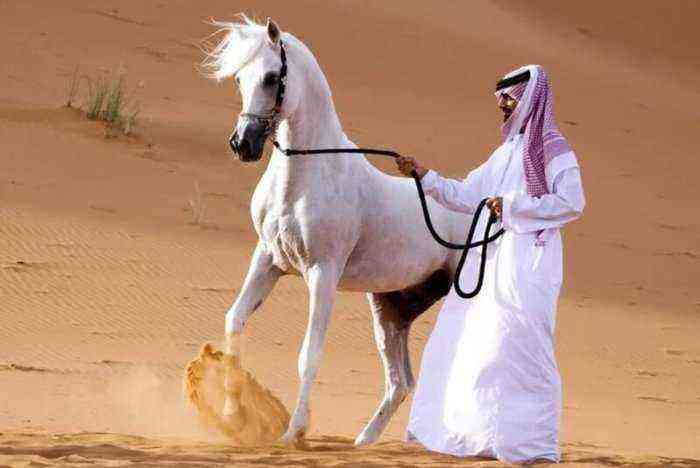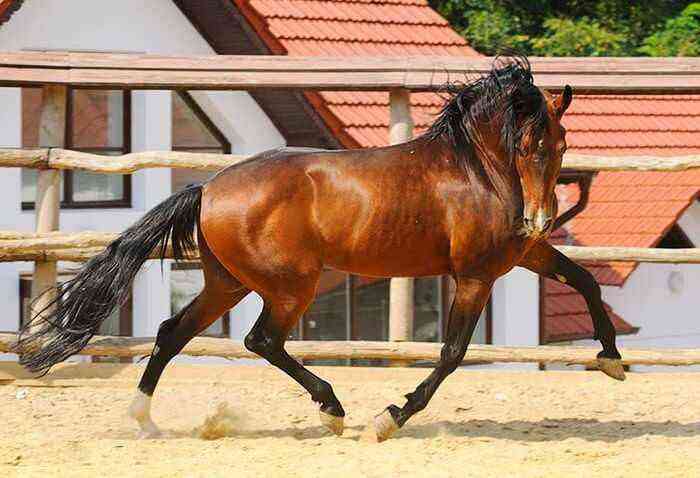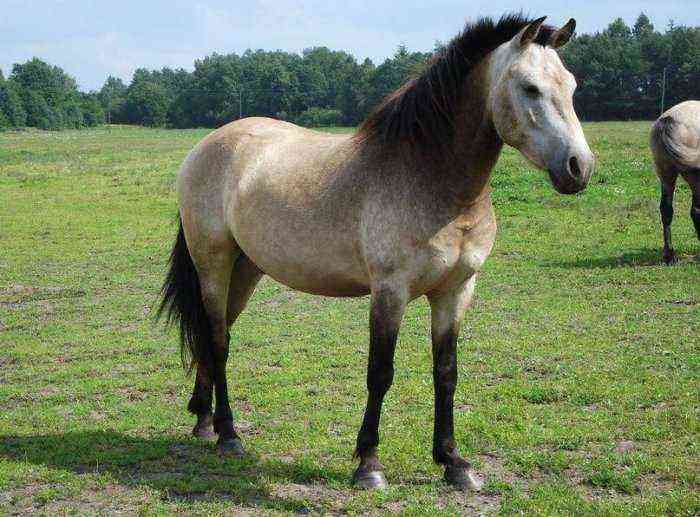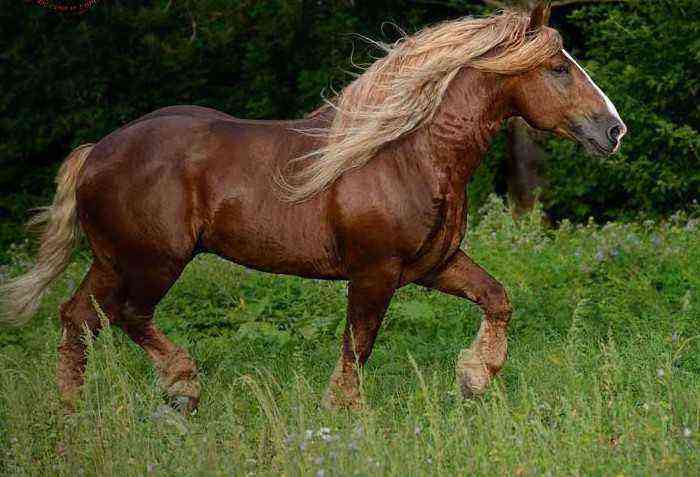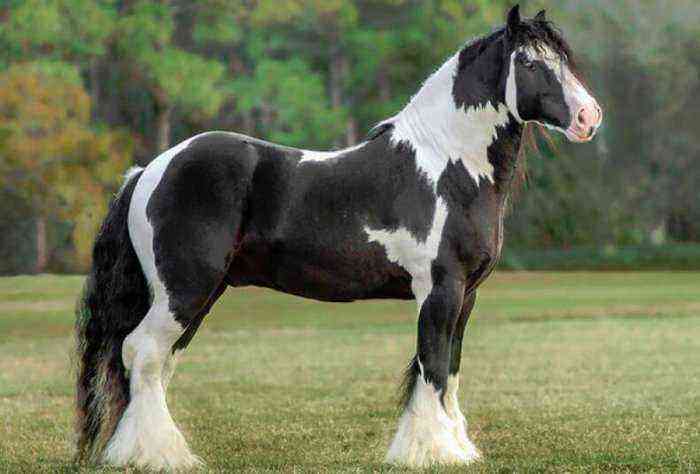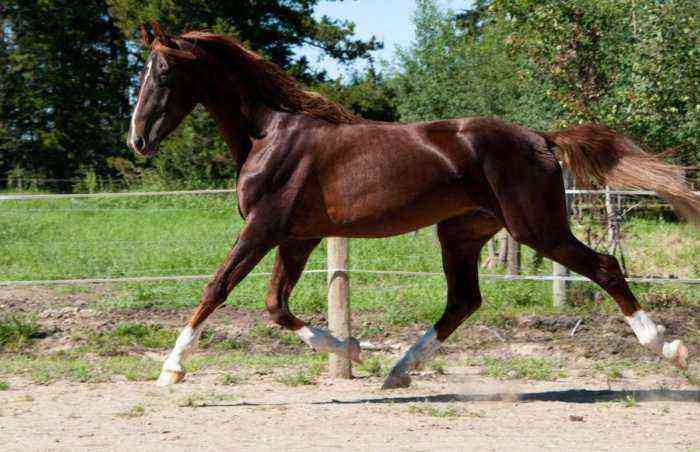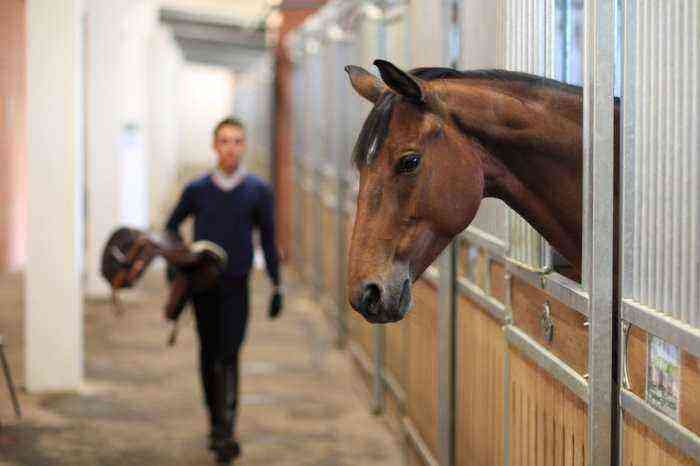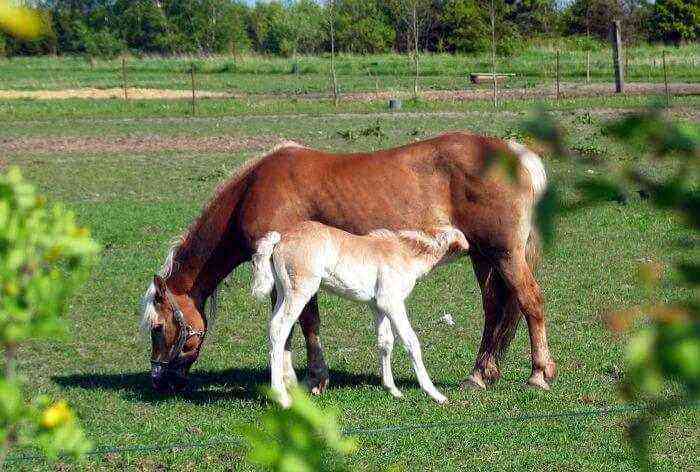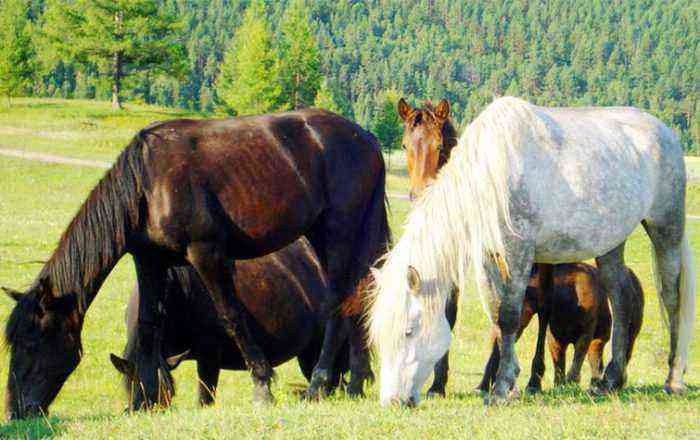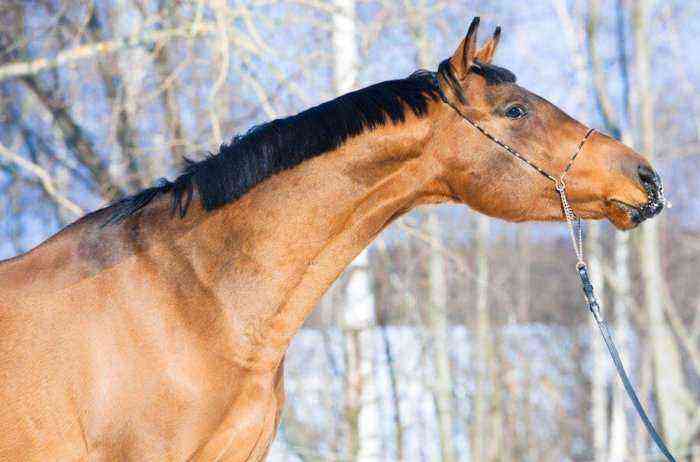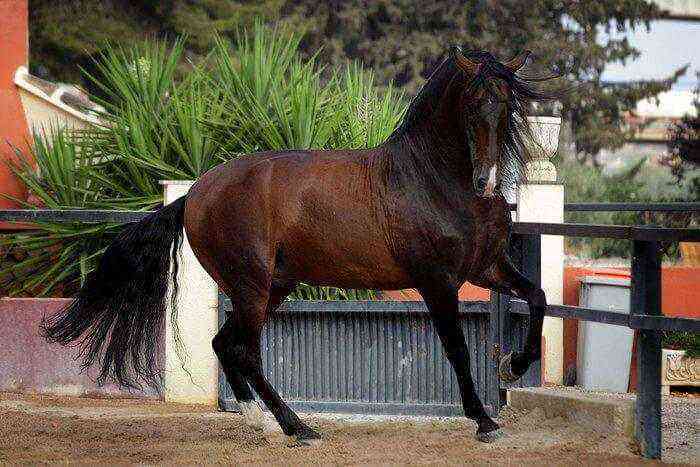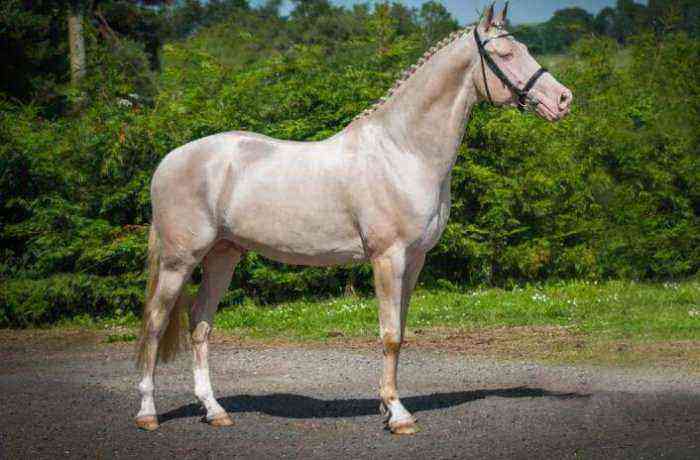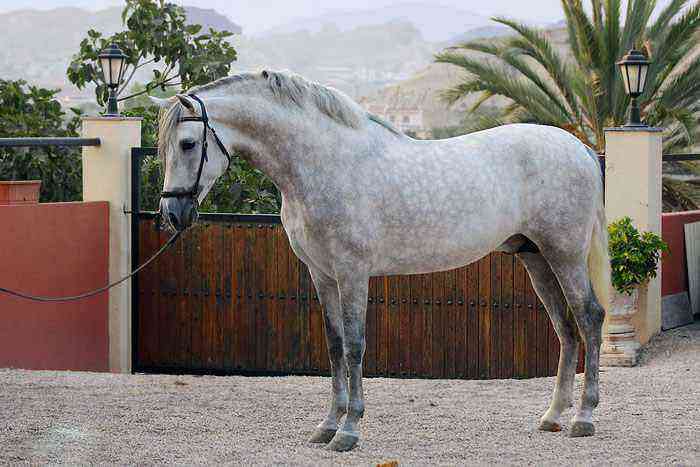When choosing a horse for show jumping, you need to take into account the external data of the horse and its physical condition. Of great importance is the temperament of the animal, its ability to contact with a person and work in a team. Breed affiliation is another factor that cannot be ignored. Having studied in detail the show jumping breeds of horses, it is easier for a person to navigate the whole variety of the equestrian world and opt for one of them.
equestrian competitions
What is show jumping?
Show jumping is a popular equestrian sport. During the competition, the horse with the rider must go through the route, overcoming various obstacles on the way – poles, bars, barriers, ditches with water. The installed structures break down easily to prevent injury to the horse and rider. Judges evaluate not only the speed of the route and the technique of jumping, but also the style of movement of the horse, as well as the ability of the rider to cooperate with his horse..
This discipline first appeared in France in the middle of the 1900th century. In XNUMX show jumping was included in the program of the Olympic Games. Over time, this direction in sports gained popularity outside of Europe and spread to the American continent. Today show jumping has hundreds of thousands of followers around the world.
What are the criteria for choosing a horse for show jumping?
According to athletes who have achieved success in show jumping, it is necessary to choose a horse for this discipline very carefully. Success depends not only on the breed and the degree of preparation of the animal, but also on other factors:
- exterior and physical condition;
- temperament
- the degree of interaction between the rider and the horse.
Exterior
When choosing a breed for show jumping, pay attention to the index of massiveness. This indicator plays a big role, because the main requirement for a horse is good jumping ability, the ability to easily break away. The more massive the animal, the worse – it takes more strength to lift the body, the load on the joints and tendons increases.
The index of massiveness is determined by the ratio of height to body weight. Ideally, this indicator should vary between 3–3,7. For information, in English riding horses, MI is 3,2–3,4, in Arabian horses – 3, in Hanoverian – 3,7.
Arabian horse
Another important indicator is the bone index. It is determined by the formula: girth of the pastern of the horse / height at the withers * by 100. In show jumping horses, the IC ranges from 11%.
Shape format or type
There are several types of horse exterior:
- short;
- average;
- a long.
The short one includes animals whose body has a square shape. In horses of a long type, the body is stretched horizontally. Horses of the medium or short type are suitable for show jumping, as their lower back can withstand more intense loads. Such animals have a powerful jump.
Attention! When choosing a breed for show jumping, pay attention to the degree of muscularity of the back. The better developed the muscles in this part of the body, the higher the pet is valued. There should be no recesses between the lumbar region and the maklaks.
Experienced riders are advised to choose mares and stallions with a small head and short neck for show jumping. As for the chest, it is worth measuring its width between the forelimbs. Well, if it exceeds 2 fists put together. Assessing the exterior, preference is given to individuals with long hips and forearms, while the pasterns should be short. Horses with medium headstock are suitable for show jumping.
Attention! An X-shaped setting of the hind limbs is not allowed. Horses with light saber legs are more powerful when jumping, and this is an advantage.
Temperament
Experienced athletes note that individuals with a hot temperament often win victories, but it is more difficult to work with them. Often a horse with good physical data, but with an ardent temperament, fails at the most inopportune moment, showing his temper in competitions. It is better to choose a horse for show jumping with minor physical defects, but with an accommodating disposition, than vice versa.
temperamental horse
Interaction between rider and horse
When choosing a jumping horse, athletes understand that the pet will reveal itself to the fullest extent after a year or two of hard training. During this time, partners usually have time to adapt to each other, which is very important in sports. It is good if the rider and the pet can fully trust each other. Success in competitions largely depends on this.
Show jumping horse breeds
A good jumping horse harmoniously combines all the necessary qualities:
- endurance;
- maneuverability;
- jump force;
- speed;
- obedience;
- perseverance.
These qualities complement the physical data of the horse. Since show jumping is a sport discipline of riding, it is race breeds of horses that are suitable for it. Trotters are not suitable for overcoming obstacles. However, not every riding breed is suitable for show jumping. According to experts, warm-blooded horses are ideal for this discipline, those obtained by crossing with purebred breeds. Such horses have a light body type, activity and the necessary qualities of character.
Popular show jumping horse breeds:
- Holstein;
- Westphalian;
- oldenburg;
- french sel;
- Irish Warmblood;
- Hanoverian;
- Belgian Warmblood;
- Trakehner;
- budyonnovskaya.
Holstein
The breed line was bred in Germany. It is considered one of the oldest in this country. The blood of different European breeds flows in the veins of horses. In the Middle Ages, the Holsteiners were massive and looked more like heavy trucks. Strength was their main advantage, they easily carried the weight of a rider in armor.
Holstein breed line
Later, Spanish genes influenced the breed, thanks to which the horses gained high growth. Crossing with Neapolitan stallions made the exterior of the animals harmonious and noble, and the Holsteiners themselves were mobile and active. When carriages came into fashion, breeders crossed representatives of the breed with Yorkshire carriage stallions. This led to changes in appearance – the neck became longer, the shoulders were more massive, the withers were higher. The breed was finally formed and acquired qualities valuable for show jumping due to the influx of blood from English riding and Arabian horses.
Holstein horses are among the top five for show jumping. The world-famous stallion named Meteor won three medals at the Olympic Games. Almox Classic Touch at the World Championships in Barcelona won gold in 1994.
Westphalian
The Westphalian breed also originated in Germany. Mentions about the ancestors of these horses are found in documents dating back to the XNUMXth century. They were hardy and unpretentious animals of short stature. The inhabitants of Westphalia appreciated these tireless horses. It is known that in the XVIII-XIX centuries, Westphalian horses were used in battles.
In the period from the 16th to the XNUMXth century, horses of different origins influenced the development of the breed line:
- heavy trucks from France, Belgium and England;
- neapolitan;
- Andalusian;
- Dutch;
- Anglo-Norman;
- oldenburg;
- Hanoverian;
- Anglo-Arabic.
Westphalian horses are quite large, have long oblique shoulder blades, medium length neck, compact head with a noble profile. Their limbs are sinewy and lean with short pasterns and small, strong hooves.
The average height of a Westphalian stallion is 1,65 – 1,7 m. Colors are common in the breed:
- bay;
- redhead;
- black;
- gray.
Animals are distinguished by good dedication in training and competition. They are stubborn, hardy, strong. Such qualities help the Westphalians win numerous victories.
Hanoverian
The breed was bred on the basis of the local horses of Lower Saxony, which were crossed with stallions brought from Spain, Denmark and the East. At the beginning of the XNUMXth century, the German breed was improved by the blood of purebred English horses, which had a significant impact on the appearance and temperament of horses. At that time, the breed was considered universal, but since the middle of the XNUMXth century, breeders began to move in a certain direction. They poured the blood of Trakehnens and Holsteiners, trying to create ideal sports horses.
The experiment was a success – the Hanoverian horses combine beauty, nobility, strength and power. A well muscled loin, a short body, strong dry legs and light bones are ideal characteristics for a show jumping horse. The temperament of the Hanoverians also makes many athletes opt for them. These are easy-going, active, hardworking and devoted animals.
Oldenburg
Oldenburg show jumping breed
The jumping breed Oldenburg was bred in the XNUMXth century in the small province of Oldenburg, in East Frisia, from where it got its name. Its creator is Count Anton Günther von Oldenburg, who crossed Friesian mares with a half-breed stallion of eastern origin. The blood of Neapolitan and Iberian horses was added to the resulting offspring, which gave the breed more agility and power.
In the middle of the 100th century, the Oldenburg line was improved with the help of Arabian, Thoroughbred riding and Barbary horses. Even XNUMX years later, it was influenced by Hanoverian, Norman and Anglo-Norman horses. In the XNUMXth century, the breed was finally formed thanks to the influx of fresh blood from English riding and Trakehner horses.
Compared to representatives of other jumping breeds, Oldenburg horses are quite massive and have an elongated body. They more than compensate for these shortcomings in the exterior with strong hind limbs with wide, strong joints and short pasterns. The average height of an Oldenburg stallion is 1,72 m. Common colors are black, bay and red.
dutch warmblood
The horse for the Dutch has always been an indispensable assistant, since agriculture is highly developed in this country. The Dutch Warmblood horse breed was bred on the basis of local horses that were involved in field work. The development of the line was influenced by crossings with stallions, which were imported from England, Germany and France. The descendants of English Thoroughbred horses inherited the best qualities from them:
- hot temperament;
- harmonious exterior;
- ease;
- high-performance movements;
- endurance;
- high gallop speed.
Dutch warmblood horses show high results in international class competitions in show jumping and dressage.
french sel
The breed was created in the XIX century in Normandy. Local residents crossed their mares with thoroughbred and half-blood stallions brought from England, as well as with representatives of the Norkfolk breed line. It was the descendants of the Anglo-Norman horses that later received the name French village. They were distinguished by agility, endurance, maneuverability and a powerful jump.
Famous horses belonging to the French Sel breed line:
- Balabe de Rue – winner of the 2004 Olympic Games.
- Galan de Savage – won gold in show jumping in 2006.
- Dilemme de Sefi is the winner of the World Cup in show jumping.
- Kidam de Revel won many victories in competitions of various levels.
Attention! Today, French Selle are considered one of the best show jumping breeds. In addition to this discipline, they show excellent results in triathlon and dressage, and also participate in races for non-thoroughbred horses.
Irish Warmblood
Irish Warmblood
Ireland has long been famous for its war horses, the first mention of which dates back to the XNUMXst century BC. e. For centuries, the formation of local horses was influenced by Spanish and Anglo-Norman blood.
In the XNUMXth century, thanks to crossing with a thoroughbred riding breed, the Irish Warmblood acquired its current appearance. This is an excellent riding horse with light bones and well-developed muscles. It has a powerful jump and good maneuverability. Famous show jumping stallions of the Irish Warmblood breed:
- King of Diamonds. He belongs to the 7th line in the world classification of show jumping stallions. His descendants – Special Envoy, Mill Pearl, Millstreet Rabi – have won many awards in competitions in this discipline.
- Clover Hill. The descendants of this stallion – Sky View, Flo Jo, Kanei – are known throughout the world for their achievements in show jumping.
Belgian Warmblood
This breed originated from the crossing of local Belgian mares and Gelderlanders. At first it was used for agricultural needs. When the era of mechanization began, the line was improved with the blood of thoroughbred saddle horses and Anglo-Arabs. In the middle of the XNUMXth century, a new breed was formed, which was called the Belgian warm-blooded.
It has been successfully used in equestrian sport. Horses achieve excellent results in show jumping and dressage. Representatives of this line are strong, active, distinguished by correct movements and good disposition. The average height of the Belgian warm-blooded stallion is 1,65 m. The coat color can be any, but bay, red or black is more common.
Trakehner
The history of the origin of these jumping horses goes back to the time of the Teutonic Order. The knights then needed a strong cavalry. The ancestors of the Trakenen are local forest mares, which were crossed with stallions brought from the East. By the XNUMXth century, the requirements for horses became even tougher. To improve the cavalry, Arabian, Barbary and Neapolitan stallions were used for breeding. In the XNUMXth century, the blood of English riding horses was added to the Trakehner horses.
Trakehner horse
Today, this breed is actively used in various disciplines of equestrian sports, including show jumping. Strong, fast and graceful horses easily win international competitions, so the demand for them is growing.
Budennovskaya
The breed of domestic breeding Budyonnovskaya was bred in the 30s of the XX century on the basis of the Don and Black Sea horses and improved with the blood of thoroughbred riding stallions. It combines the qualities:
- endurance;
- speed;
- force;
- beauty;
- grace;
- nobility;
- unpretentiousness.
The breed is characterized by a red color. The average height of a horse is 1,65 m. Budyonnovsky horses are ideal for show jumping – they have light bones, a small head, strong sinewy limbs, thanks to which they make powerful jumps.
Ideal horses for show jumping are those in which physical data and temperament are harmoniously combined. Experienced athletes recommend giving preference to horses that show high performance and have a submissive disposition, but not without a core. Practice shows that horses with an ardent character and with a share of perseverance more often achieve success in sports, but not everyone manages to establish contact with them.
